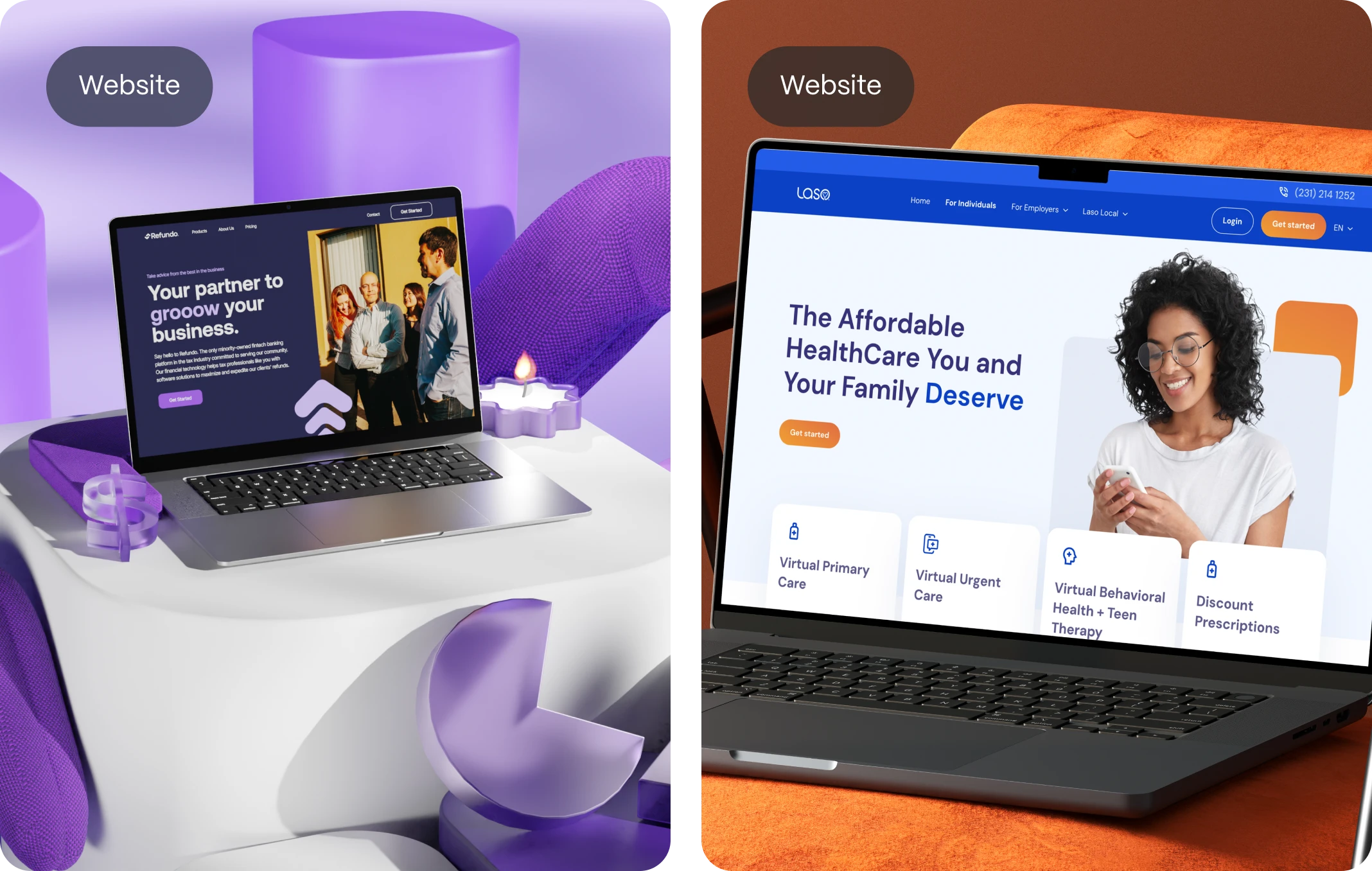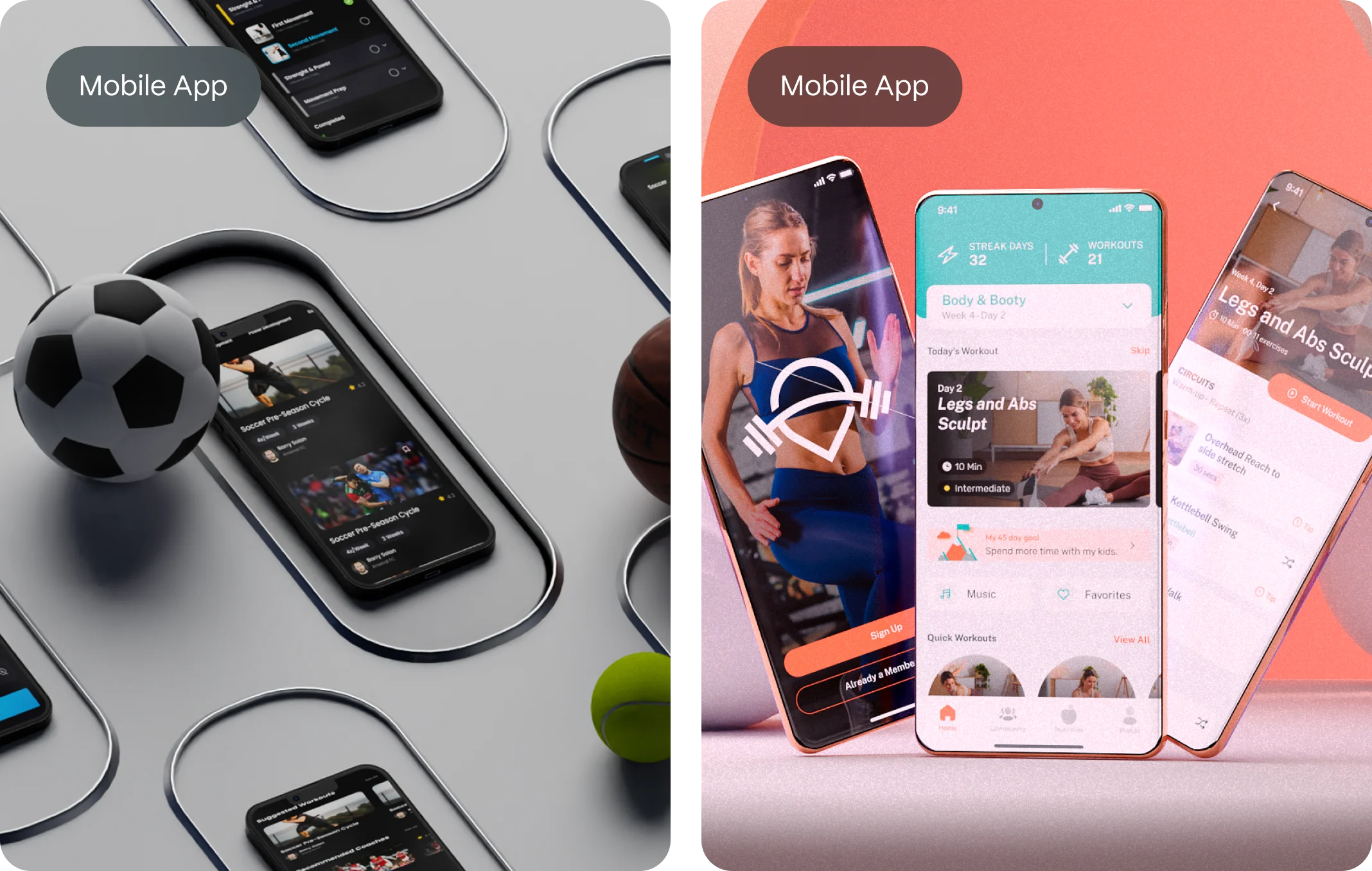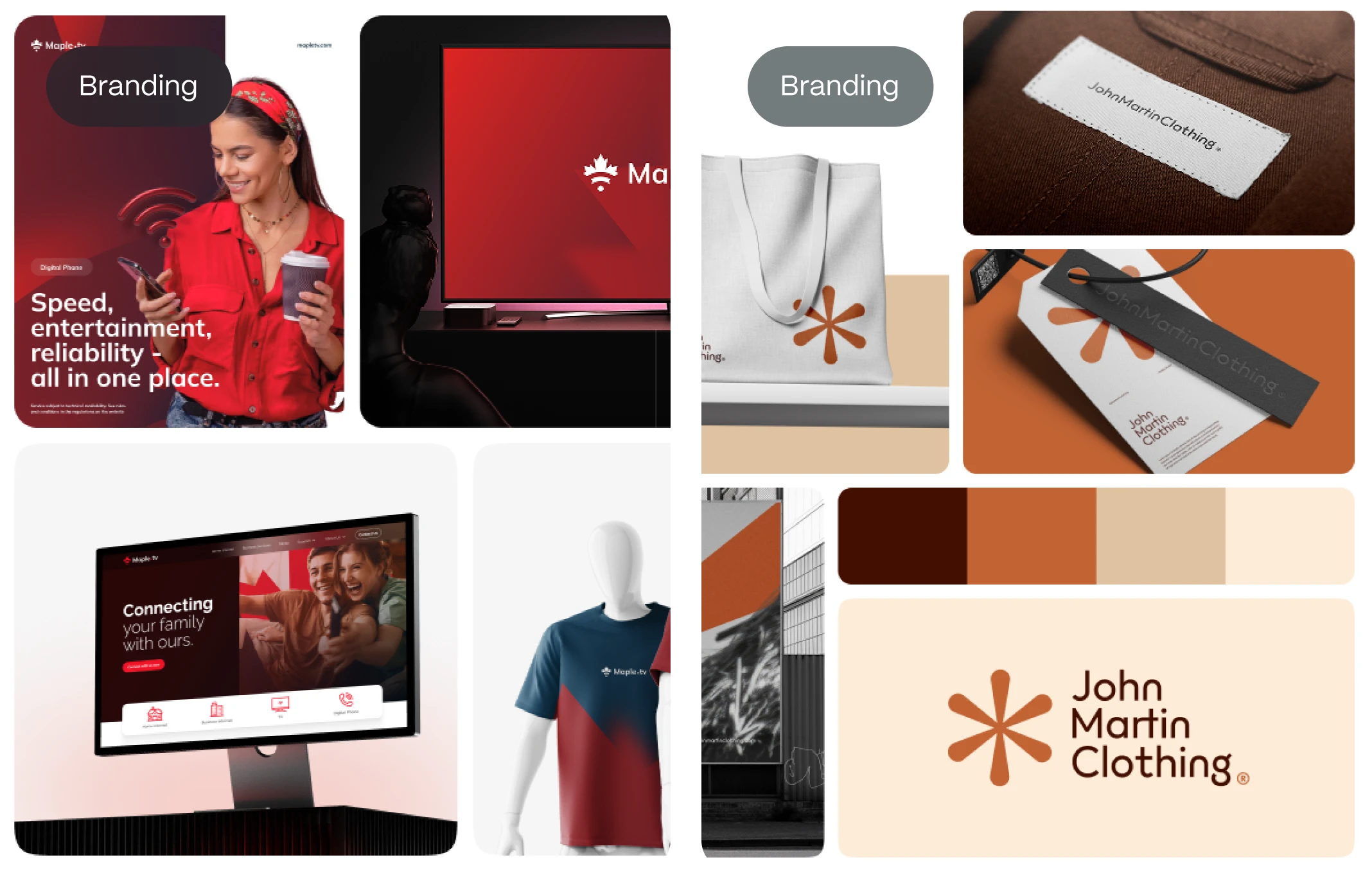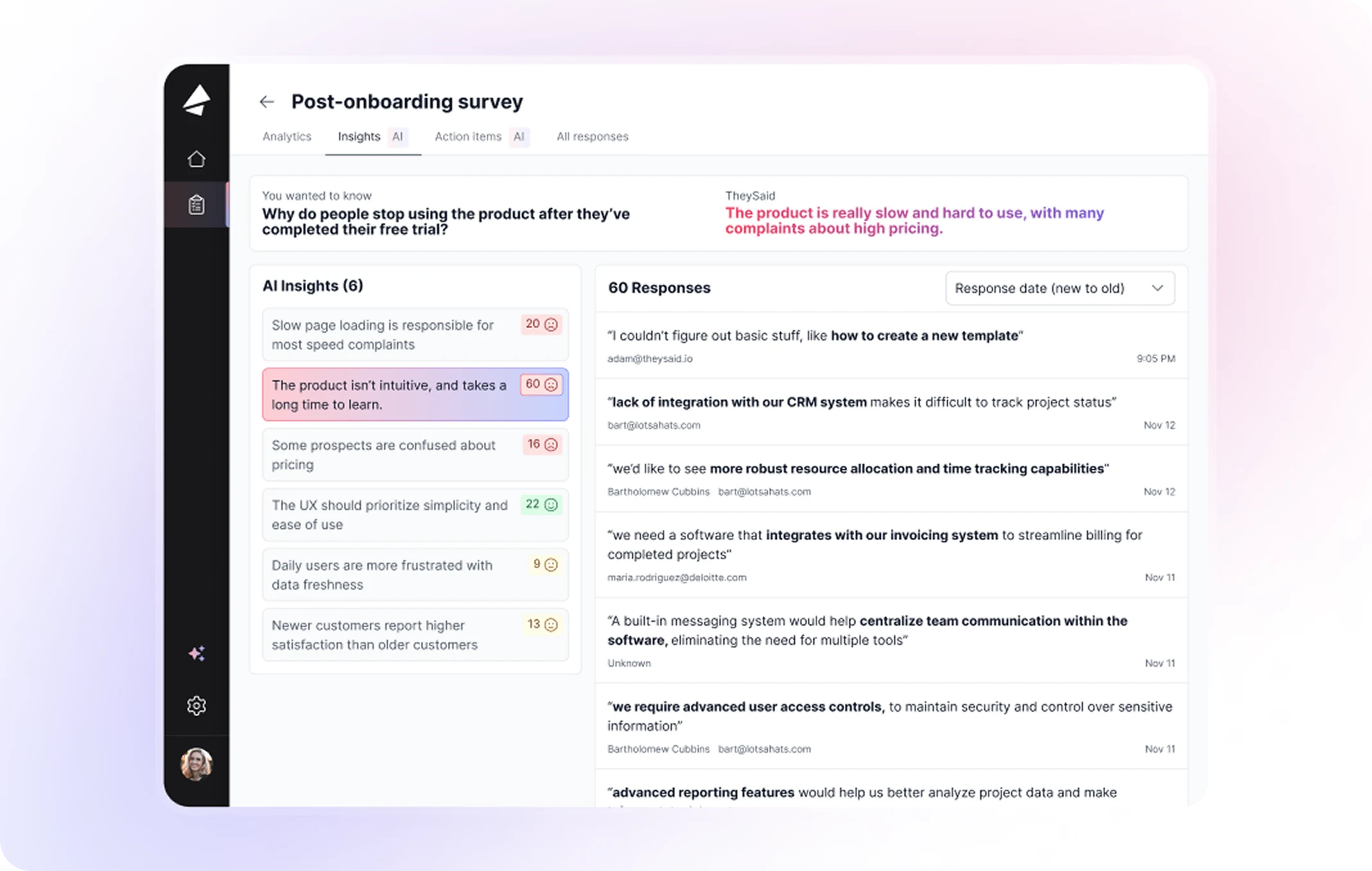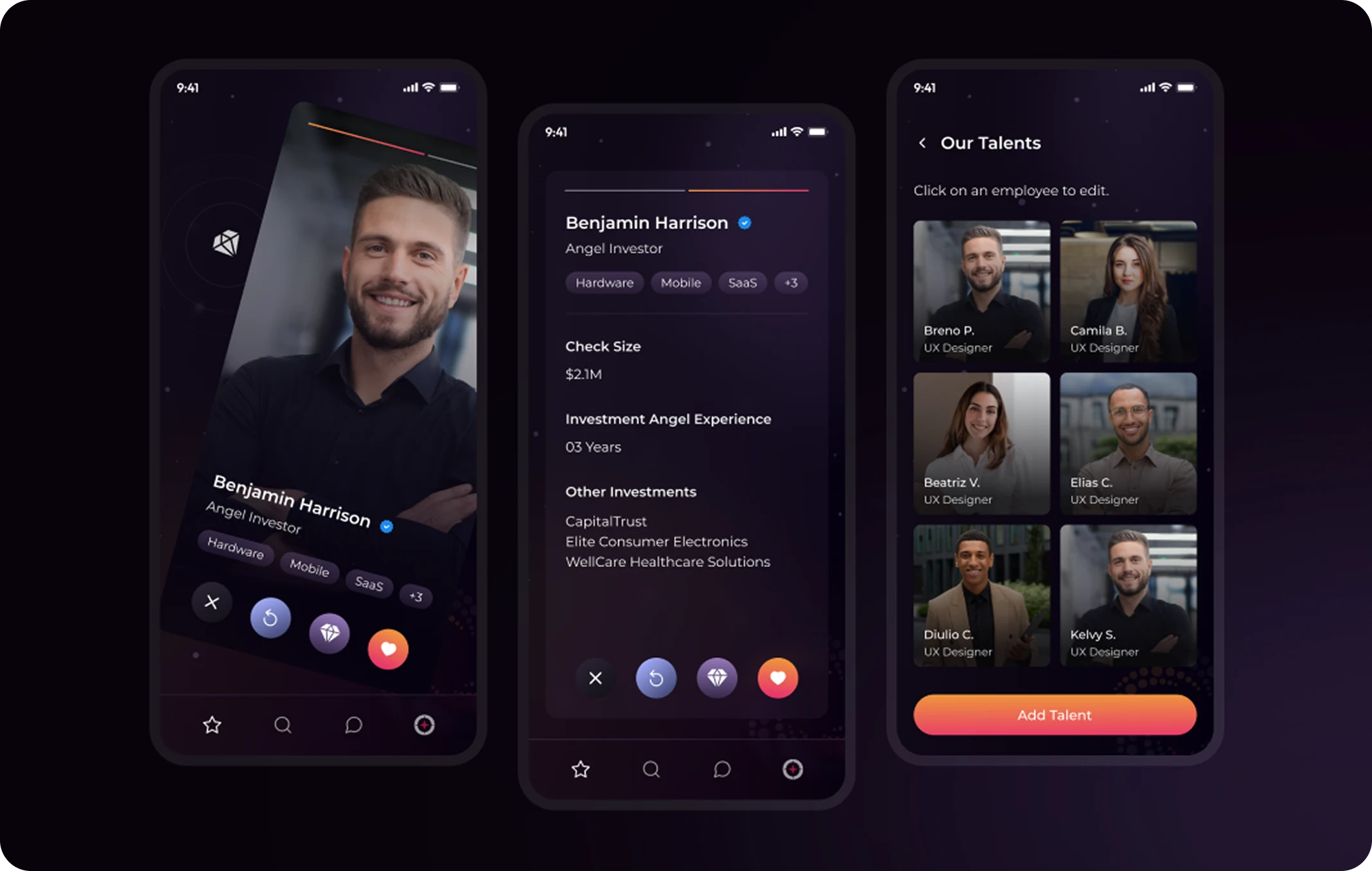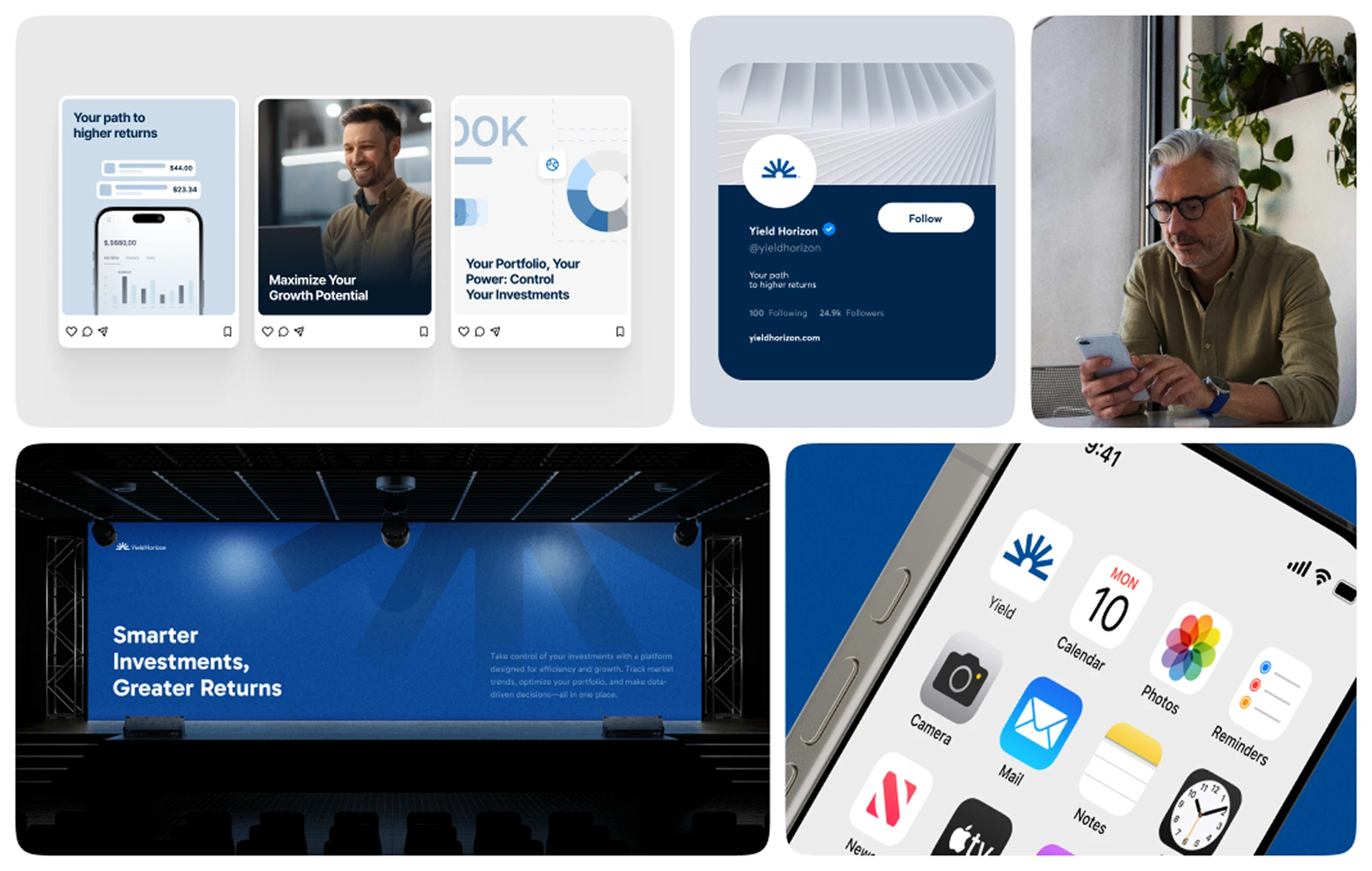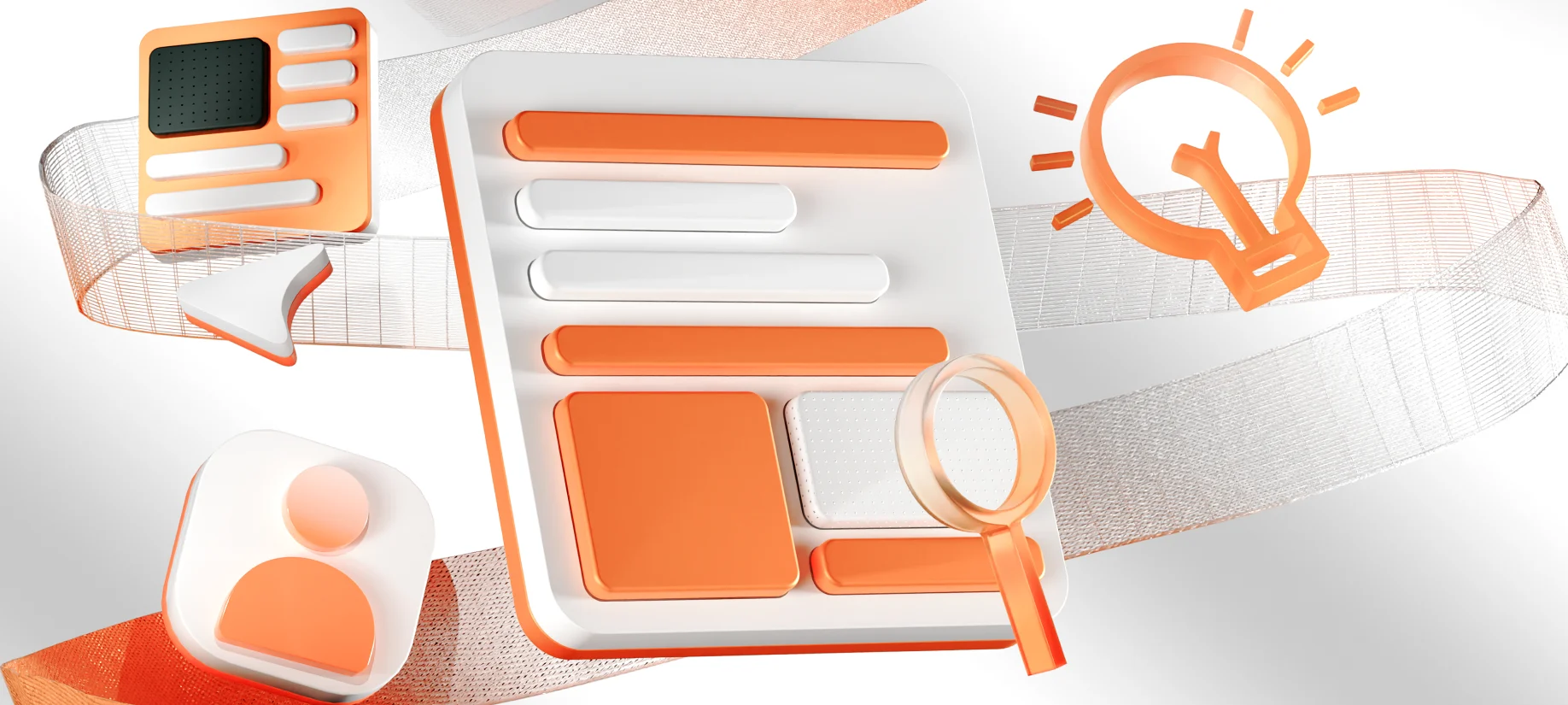Understanding your users is no longer a luxury; it’s a strategic necessity. In an era dominated by user experience (UX), UX design research methods help teams build products that aren’t just functional, but deeply resonant with real user needs. Whether you’re designing a SaaS dashboard, a mobile app, or a complete brand experience, your success depends on your ability to research like a pro.
This comprehensive guide will walk you through the most effective UX research methods, breaking them down into practical steps so you can integrate them into your product design cycle seamlessly. Let’s demystify the process and empower your team to make data-driven design decisions.
What Is UX Design Research?
UX Design Research is the process of understanding user behaviors, motivations, and needs through observation and feedback. It helps teams craft intuitive and effective solutions by grounding every design decision in real user insights. The research process helps shape product strategy, feature prioritization, content tone, and interface decisions.

Why UX Research Matters?
Investing in research methods upfront can save significant time and resources later. According to a study by Forrester, every $1 invested in UX brings $100 in return. UX research uncovers pain points, validates assumptions, and ensures your product aligns with business goals and user expectations.
Organizations that prioritize user-centric design see:
- A 200% increase in KPIs (source: McKinsey Design Index)
- Higher customer satisfaction and retention
- Reduced development rework and wasted cycles
When to Conduct UX Research
UX research is not a one-time task. It should occur throughout the product life cycle:
- Discovery phase (to define the problem)
- Design phase (to validate concepts and usability)
- Launch & post-launch (to optimize and evolve)
The research should also be embedded into regular agile cycles to maintain a user-centric rhythm across sprints.
Categories of UX Research Methods
UX research methods can be grouped into:
- Quantitative vs. Qualitative
- Generative vs. Evaluative
- Attitudinal vs. Behavioral
Each category offers unique insights:
- Quantitative tells you what users are doing (behavior).
- Qualitative tells you why they’re doing it (motivation).
- Generative uncovers user needs before design.
- Evaluative validates solutions during or after design.
- Attitudinal measures opinion.
- Behavioral measures actions.

Quantitative UX Research Methods
These methods generate numerical data to measure user behavior.
Surveys
Surveys collect self-reported data from a large audience. Tools like Google Forms, Typeform, and SurveyMonkey are commonly used.
- Use open and closed-ended questions
- Avoid leading or biased language
Surveys are ideal when you need:
- Quick validation of assumptions
- Quantified feedback on features
- Demographic segmentation analysis
Web Analytics
Platforms like Google Analytics, Mixpanel, and Hotjar track user behavior in real-time.
- Track drop-off rates, click-through paths, and heatmaps
- Identify patterns and friction points
Use analytics to:
- Understand product usage
- Identify underperforming areas
- Track conversion rates across the funnel
A/B Testing
This method tests two versions of a page or element to determine which performs better.
- Use tools like Optimizely or VWO
- Define clear success metrics (CTR, time on page, etc.)
A/B testing is most effective when:
- You have sufficient traffic volume
- You’re optimizing key conversion paths
- You want to test UI language, layout, or CTA performance
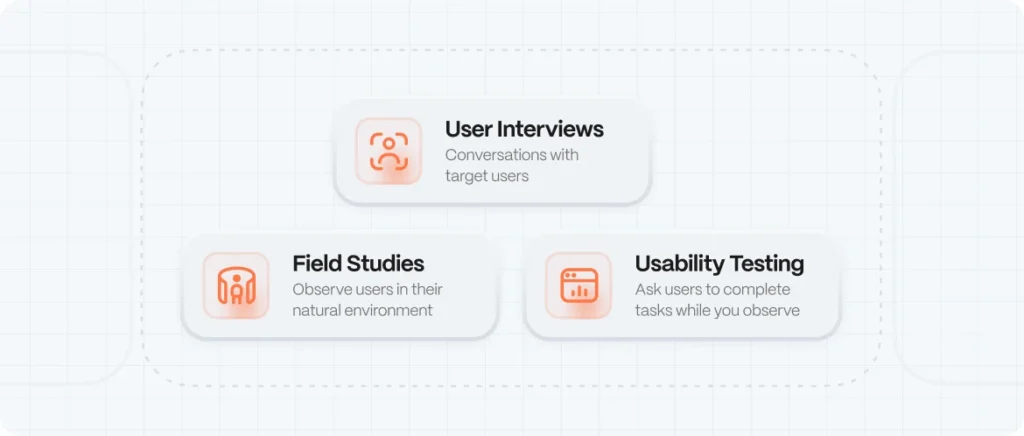
Qualitative UX Research Methods
These methods help understand the why behind user behavior.
User Interviews
In-depth conversations with target users to uncover motivations, goals, and frustrations.
- Semi-structured format works best
- Record interviews (with consent) for analysis
Interview tips:
- Ask open-ended, non-leading questions
- Focus on past behavior, not hypothetical use
- Analyze across user segments for patterns
Field Studies
Observe users in their natural environment.
- Great for contextual understanding
- Often reveals insights that surveys can’t capture
Best for:
- Enterprise software tools
- Retail and service interactions
- Emerging markets where remote testing isn’t viable
Usability Testing
Ask users to complete tasks while you observe.
- Conduct remotely or in person
- Use tools like Maze or Lookback
Measure:
- Task completion rate
- Time on task
- Error frequency
- User satisfaction (post-task surveys)
Diary Studies
Participants record their interactions with your product over time.
- Useful for long-term behavior tracking
- Requires participant commitment and clear prompts
Ideal for:
- Fintech apps
- Health and wellness platforms
- Habit-forming products
Generative vs. Evaluative Research
- Generative: Conducted early, helps define problems and generate ideas
- Evaluative: Conducted later, tests specific solutions or designs
Generative research helps shape the product vision, while evaluative research ensures that execution aligns with user expectations.
Choosing the Right UX Research Method
Match your method to your goals:
- Need to validate a feature? Try usability testing or A/B testing.
- Exploring user pain points? Go with interviews or field studies.
Framework to guide choice:
| Objective | Best Methods |
|---|---|
| Discover unmet needs | Interviews, Field Studies |
| Validate usability | Usability Testing, Surveys |
| Measure behavior | Analytics, A/B Testing |
| Understand sentiment | Surveys, NPS, Interviews |
How to Recruit the Right Participants
Finding the right users is key:
- Define user personas
- Use tools like UserInterviews or Respondent
- Screen participants to ensure relevance
Offer incentives to boost participation and quality of feedback. Keep participant profiles balanced to avoid bias.
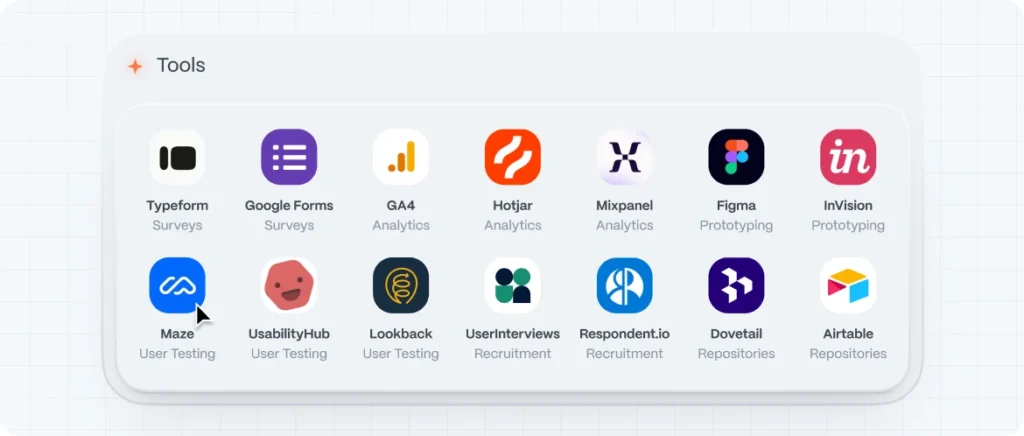
Tools Every UX Researcher Should Know
Here are essential tools by category:
- Surveys: Typeform, Google Forms
- Analytics: GA4, Hotjar, Mixpanel
- Prototyping: Figma, InVision
- User Testing: Maze, UsabilityHub, Lookback
- Recruitment: UserInterviews, Respondent.io
- Research Repositories: Dovetail, Airtable
Common Mistakes to Avoid
- Relying on assumptions over data
- Asking leading questions
- Using too small a sample
- Ignoring outliers
- Skipping follow-ups or synthesis
- Failing to align research with business KPIs
Integrating UX Research into Agile Workflows
UX research doesn’t need to slow teams down. Use lean research techniques:
- Conduct quick tests before every sprint
- Synthesize data in 24 hours
- Share findings in retros and design reviews
- Embed researchers in agile squads
Expert Opinions: What the Top UX Researchers Say
According to Erika Hall (author of Just Enough Research), “You don’t need more research. You need more thinking about the research you have.”
Top recommendations:
- Don’t chase perfection. Chase learning.
- Prioritize breadth over depth when time-constrained.
- Synthesize with frameworks (affinity mapping, journey maps).

